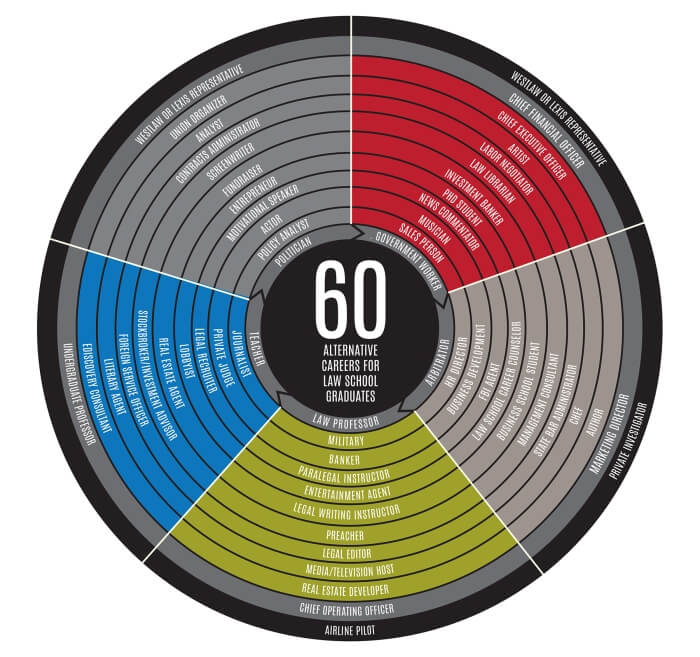Today, LexisNexis Legal & Professional has released a new investigative report titled “Calling time on the billable hour,” which looks into why almost half of all external legal spending is now taking place through alternative fee arrangements such as flat or fixed fees. This is a significant increase since pre-pandemic times when most law firms used the billable hour model.
The report includes in-depth interviews with senior partners at top law firms and general counsel at leading businesses, who shed light on the pros and cons of the billable hour model and challenges related to pricing matters when using alternative fee structures. It also examines how these trends are likely to develop in the future.
As it turns out, many of the general counsels from leading businesses interviewed say that most of their external legal work is now conducted through alternative fee structures. This makes sense as clients want more price certainty and a point of comparison for costs when choosing between lawyers or law firms. Law firms are increasingly responding by offering alternative fee structures to get a place on lucrative legal panels.
Rather than suggesting that law firms switch to a new wholesale pricing model, the report advocates for them to consider alternative billing models for routine work with a clear endpoint and keep using the billable hour method for consultative, urgent, or ongoing matters. The key challenge here is to determine accurate and profitable pricing and estimate how much time and effort the work will require. Experts recommend that law firms use internal billing data to create alternative prices.
The report also highlights that law firms who choose to offer new billing models benefit from increased productivity – this can be achieved with the help of legal technology – and stronger client relationships, which can lead to more work opportunities.
Senior partners from law firms and general counsel from leading businesses speak fondly of the customer-driven demand for alternative pricing structures. The report’s editor, Dylan Brown said, “In-house legal teams are under growing pressure to do more with less. In today’s economic environment, greater certainty and transparency around legal spending is necessary. Rather than using a high-touch approach to strengthen client relationships, lawyers would benefit most by demonstrating value added – and this is considerably easier with the right technology and tools in place.”
Overall, it appears that the move away from the billable hour model is here to stay. With most lawyers and law firms now relying on alternative fee arrangements, they must get to grips with how to price these services accurately and competitively to remain competitive. The use of legal technology can also help streamline processes, allowing for higher efficiency and productivity levels. Finally, the report suggests that a customer-centric approach is vital to retaining and growing client relationships. Law firms can build long-lasting partnerships with their clients by developing an understanding of what type of services clients are looking for and how they want to pay for them.
REFERENCES:
Law firms pivot away from billable hour to meet shifting client demands
Don’t be a silent ninja! Let us know your thoughts in the comment section below.
















































